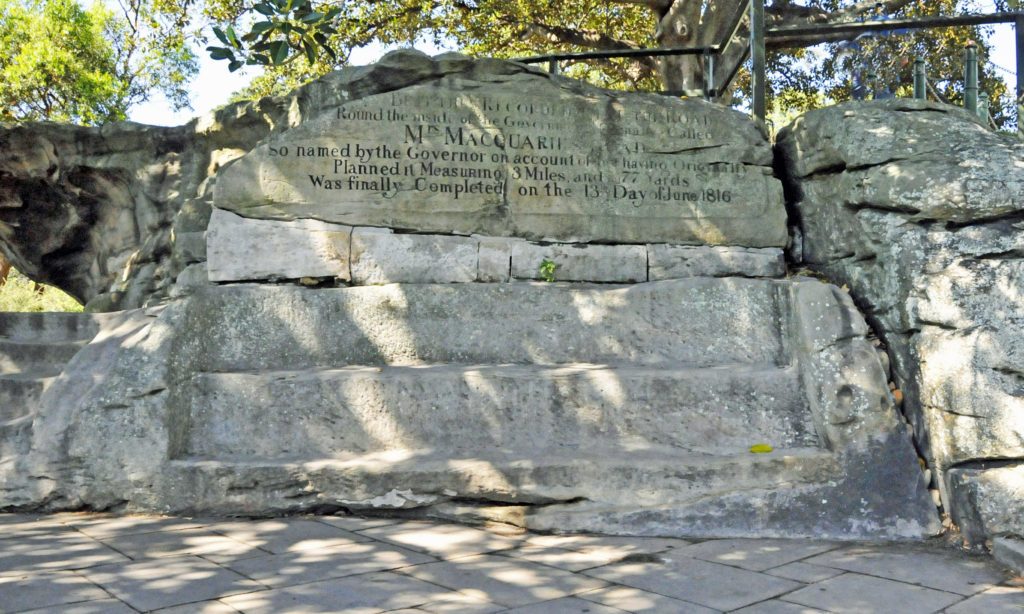
One of the most popular destinations for visitors to Sydney, Australia, is named for the wife of a British army officer who started the country on the path to what it is today.
In 1788, with the American colonies no longer available as dumping grounds for its convicts, England established a penal colony known as New South Wales on what is now eastern Australia and New Zealand. The colony was initially governed by military officers, one of whom was William Bligh, the captain of the HMS Bounty at the time of the mutiny. After Bligh was deposed as Governor of New South Wales in 1808, he was replaced by Colonel Lachlan Macquarie, who was charged with bringing order to the colony, which by then included freed prisoners. By the time Macquarie returned to England in 1822, he had begun the transformation of New South Wales from a prison colony to a free settlement that included almost 40,000 non-indigenous people.
Macquarie brought with him to New South Wales Elizabeth, a cousin he married after his first wife died. At least according to a local legend, Mrs. Macquarie enjoyed spending time on the tip of a peninsula on the south side of the harbor, where she sat on a sandstone outcropping to watch the ships sailing to and from England. In 1813, to facilitate her visits, then Major-General Macquarie built a three-mile-long road from the Government House to what is now known as Mrs. Macquarie’s Point. Convicts carved the sandstone into the shape of a bench. A later inscription on the bench tells the story of the road. Today, the area around Mrs. Macquarie’s Chair, adjacent to the Royal Botanic Gardens, offers a panoramic view of the Sydney Harbour, including the famous Sydney Opera House, the Harbour Bridge and Kirribilli House, the residence of Australia’s prime minister.